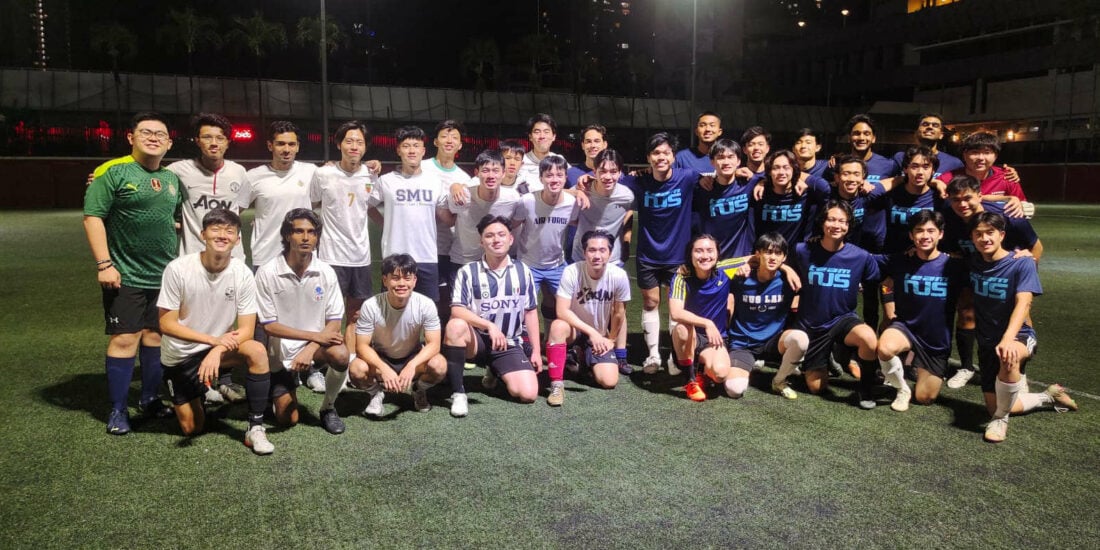Singapore Civil Practice 2022
By Emeritus Professor Jeffrey Pinsler, SC
The publication of Singapore Civil Practice 2022, by Emeritus Professor Jeffrey Pinsler, SC, is well-timed in light of the new Rules of Court 2021 (RoC 2021), which took effect on 1 April 2022. It is one of the first publications that extensively covers the new provisions of the RoC 2021, together with relevant foreign and local case law, updated as at 1 March 2022.
Since I first started a career in litigation more than a decade ago, the author’s book on Singapore’s civil justice system and court practice, fondly known as the “Black Book” among litigation lawyers in Singapore (due to its distinctive predominant black cover since its first edition), has been one of the primary sources of research that I would turn to. Now, in its latest incarnation, the book reinforces its relevance and significance as a key source of research for any practitioner, or scholar, looking to examine and delve into the nuances and intricacies of civil justice and practice in Singapore.
In this edition, the author has adopted what he terms a “hybrid” writing style that combines the styles of a topic-orientated text and commentary. This approach suits the subject matter of the book well because it allows the reader to read and gain what the reader wishes: a young practitioner may be looking for practical guidance as to how the rules will apply, and what steps need to be taken procedurally and under what sort of timelines; a more matured litigator may be reading to refresh or update his legal knowledge of procedural rules, especially with the amendments enacted under the RoC 2021; and a seasoned litigator, or academic scholar, may be reading, particularly the author’s commentaries, to gain new insights and more in-depth analysis to come up with tenable submissions on novel issues.
The book has two volumes and is, in turn, categorized into a total of 12 parts comprising 44 chapters.
Part 1 of the book explains the principal features of the RoC 2021. All subsequent parts correspond, sequentially, to the “life cycle” of a civil claim: beginning from pre-action considerations such as the duty to make an offer for amicable resolution, to the commencement of court proceedings and its interlocutory stages, to the preparation for and conduct of trial, and then post-trial matters including appeal considerations, costs, and enforcement options. This is helpful to conveniently allow a reader to read and understand the relevant principles and considerations for any particular stage of a civil claim or where a specific topic about civil justice or procedure is to be researched on. In this regard, the book also has a very detailed table of contents to allow for easy referencing to the exact issue that the reader is considering.
The book also analyses how relevant foreign cases, and local case law established under the old rules of court, may continue to apply under the RoC 2021, and how such cases may also give guidance on how the provisions of the RoC 2021 and its Ideals under Order 3 Rule 1 may be interpreted. On this note, there are at least four aspects of the book that stood out for me.
First, the author’s analysis in Chapter 2, on the Court’s inherent powers, and its express powers under Order 3 Rule 2 of the RoC 2021. It is insightful and detailed with relevant cases cited. It will be helpful either as a starting point for research, or to substantiate submissions to the Court, on issues of how the Court’s inherent powers and express powers should be exercised.
Second, the author’s commentary in Volume 2, Part 7, regarding the collating of evidence. This is an aspect of civil practice in Singapore that has undergone substantial changes with the commencement of the RoC 2021. This Part 7 consists of three chapters, and extensively covers relevant principles and practical considerations, including a lawyer’s professional responsibilities in the discovery process, the application of the Riddick principle, the reception of expert evidence and the adducing of oral evidence.
The author also identified, and examined in detail, key words in the relevant provisions under the RoC 2021 that may give a busy practitioner pause. For example, the author drills down to examine what “properly” could mean under Order 11 Rule 3 regarding an application for the production of requested documents (what would formerly be known as a specific discovery application); what an exceptional “special case” may be under Order 11 Rule 5 (which provides for certain types of documents that the Court generally must not order production of); and how the phrase “contribute materially” may be determined under Order 12 (which concerns expert evidence).
A bonus for practitioners, especially young litigators, is that the author also shared some practical points about the drafting of affidavits of evidence-in-chief, including, an oft-grappled question of how much of the other party’s cross-examination should be anticipated (or not). The perspectives shared by the author, who has also appeared as amicus curiae in the highest appellate court in Singapore, provide helpful guidance.
Third, the author’s piecing together of the various statutory provisions and legal principles governing the appeal process in Part 10, Volume 2. Spread across four chapters, the author methodically sets out and explains how to navigate the appeal process.
In particular, Chapter 38, which covers a litigant’s entitlement to appeal, systematically approaches the topic by first highlighting the relevant provisions under the Supreme Court of Judicature Act and the RoC 2021, followed by explaining the procedure to be adopted, and then examining the legal principles from case law. This mirrors the thought-process of a practitioner analysing when the court’s permission to appeal may be required and, if so, how to go about applying and persuading the court to grant it.
Fourth, the author’s detailed explanation of the principles as well as the various factors relevant to cost orders under the RoC 2021, in Part 11, Volume 2, of the book. Spanning across three chapters under this Part 11, the author analyses key principles and considerations, with extensive references to case law, on many common costs related issues including what the principle of proportionality entails and challenging questions of whether a partially successful litigant should be entitled to costs.
In conclusion, the book continues to be a valuable resource with up-to-date insightful analysis and helpful commentaries on civil justice and practice in Singapore.
Information about the book is available here.







